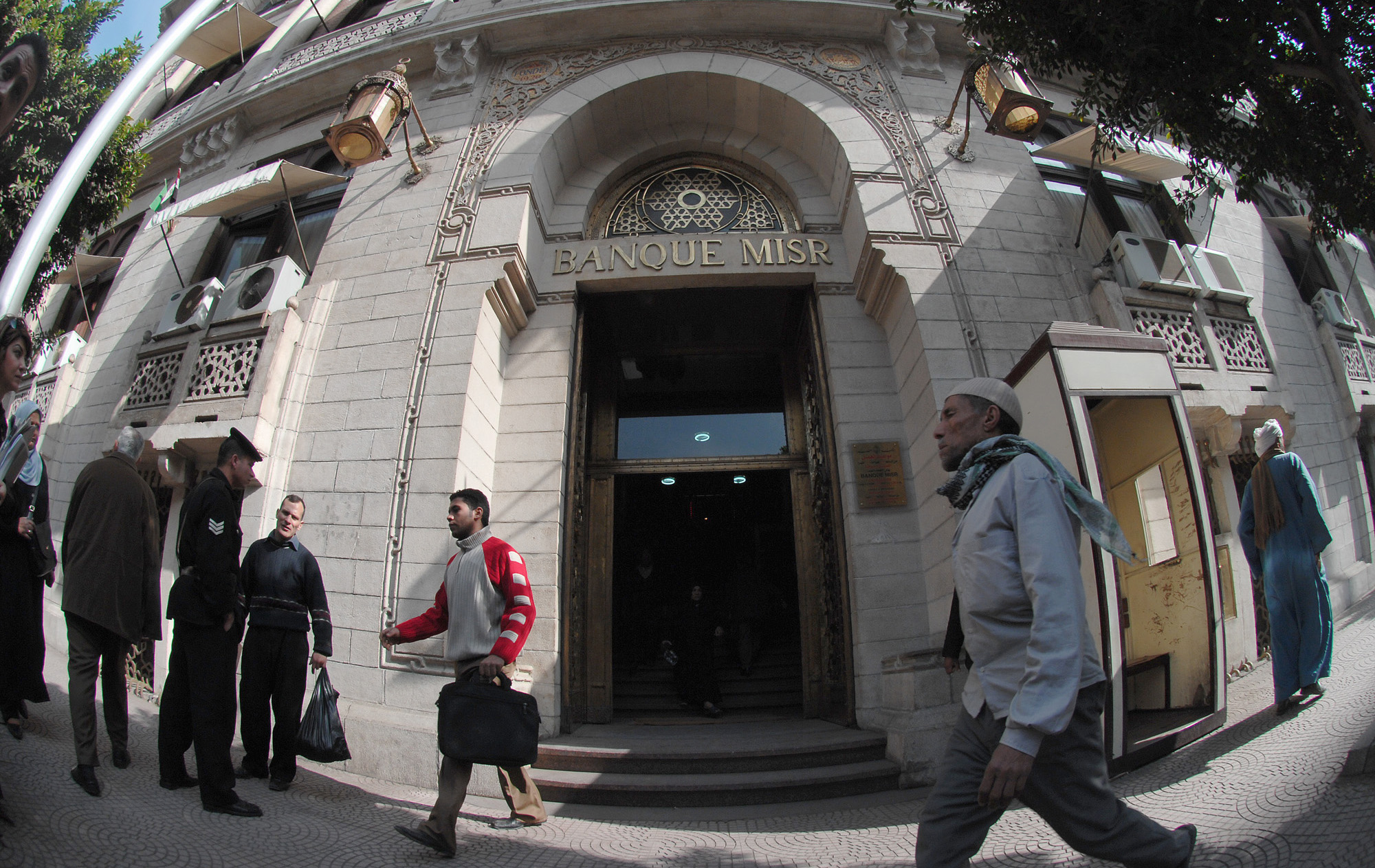The National Bank of Egypt (NBE) injected EGP 7.5bn to finance 9,200 small and medium-sized enterprises (SMEs) and microenterprises during the first year of the initiative launched by the Central Bank of Egypt (CBE) to support these projects, according to the chairperson of the NBE, Hisham Okasha.
The CBE launched the initiative in January 2016 in order to inject EGP 200bn through banks for financing SMEs and microenterprises, and financing rates to these projects to be 20% of the total loan portfolios during four years ending in 2019.
According to Okasha, the NBE succeeded during the first year of the initiative to achieve a breakthrough in the number of projects and values of the granted facilities. The bank financed 9,200 projects with total facilities estimated at EGP 7.5bn since the launch of the initiative until the end of January 2017.
He added that the achievement of these figures contributed to increasing the size of direct and indirect loans portfolios at the bank to EGP 30.4bn and granting loans to more than 52,000 projects and that the portfolio grew by 41% in the value of loans and 12% in the number of beneficiary projects.
77% of the number of projects that have been financed within the scope of the two tranches of SMEs and microenterprises obtained loans that reached EGP 6.3bn to expand their existing activities, which represents 84% of the total granted funds, compared to 23% of projects that are newly established, according to Okasha.
Okasha said that the bank was able to finance 6,900 new clients with EGP 5bn. This represents 75% of the total number of beneficiaries and 67% of the value of the funds granted to projects—which means attracting new segments that were not dealing with banks before—and that contributes to attaining the financial inclusion principle and confirms the entry of projects to work under the umbrella of the formal sector.
The geographical distribution of a number of financed projects within the scope of the two tranches and values of the granted funds revealed that 85% of projects are located outside the Greater Cairo area. The share of Upper Egypt governorates amounted to 39% of the number of clients and 25% of the value of the funds, while the share of Lower Egypt governorates amounted at 25% of the number of clients and 26% of the value, followed by the Canal governorates with a share of 14% of the clients and 13% of the value, according to Okasha.
He added that the activities of the financed projects under the initiative vary from industrial, agricultural, service, and commercial activities.
In terms of the reasons behind the success of the NBE in achieving these figures, Okasha said that the bank has invested the advantages and facilities offered by the initiative—represented in high finance ratios, the outstanding returns prices, and long maturities—and developed the applicable financing mechanisms in accordance with the rules, regulations, and definitions adopted by the initiative.
Okasha noted that the bank has a new working methodology, which led to the unification of concepts, simplification of procedures, and delegation of authorities, and it identified the role of each party to the system, which led to increased workflow and speed of decision-making. He mentioned that the bank adopted the implementation of that methodology on team works that are characterised by high professionalism, assisted by more than 1,500 trained marketers.
He said that they established 72 specialised centres to serve these types of projects in Greater Cairo and Alexandria, as well as the bank’s branches around the republic.
Okasha emphasised that the NBE is setting SMEs lending activity as a top priority, and it is keen to support these projects as an appropriate way to create new job opportunities and improve people’s living standards. SMEs play an active role in providing high-quality local goods at affordable prices to meet the market needs, which limits the import of similar goods, reduces the demand for foreign currencies, and helps achieve the targeted economic development.




